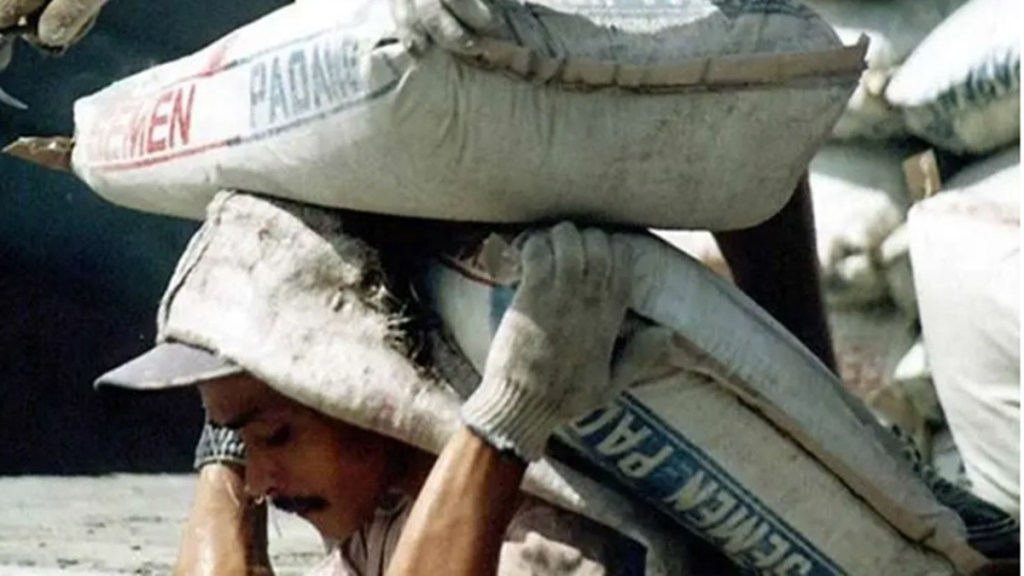By Jyotivardhan Jaipuria
High input costs, particularly the spike in energy prices owing to geopolitical conflict, were a key concern for cement companies during the last 12 months. Escalation in crude costs also impacted freight costs.
Domestic and international pet coke and coal prices, though still high, have moderated in the last few months. Pet coke prices have seen moderation by 25%-30%. South African and Australian coal prices witnessed a sharp decline of 35% and 44% q-o-q, respectively, during Q4FY23.
Since some part of the high-cost fuel inventory would be consumed during Q4FY23, the positive impact of the low-cost inventory would be fully reflected in the companies’ operating performance only in Q1FY24. Bulk diesel prices remained stable during the quarter. This will lead to a sequential decline in the overall cost of production of cement companies during the quarter. Owing to lower operating costs, we expect Ebitda/ tonne of the companies to increase by Rs 150-200/tonne.
Also read: ‘Monetary pause justified if real interest rate is within 0-1%’
India is the second-largest producer of cement in the world. It accounts for more than 8% of the global installed capacity, only behind China (54%). However the Indian market (per capita cement 240-250kg) is one of the most underpenetrated with per capita cement consumption being half of the world average (500-550kg) and even behind countries such as Brazil and Indonesia.
India’s cement demand over the next two-three years may witness an average 8%-9% CAGR, leading to improved utilisation rates. We expect cement consumption to keep pace with cement supply owing to better execution, higher government spending on infrastructure and housing, and well-supported private real estate demand. Pre-election spending is another important catalyst which will drive cement demand. With large part of the additions in the form of grinding units, clinker utilisations are likely to remain higher than cement utilisations, indicating a higher effective utilisation rate.
We believe the sector will undergo a healthy consolidation over the coming years. We expect large players with net cash balance sheet will follow inorganic growth to increase or maintain market share, which augurs well for mid-cap /small cap players, as they will get better valuations. Consolidation is a win-win for both the acquirer and the target companies on account of valuation disparity (mid-caps trade at 40% discount to large cap on EV/tonne). Recent acquisition of Jaypee assets by Dalmia and purchase of limestone mine by JSW from India Cements are pertinent cases. Given the high fragmentation and a large number of small-to-mid sized players, the southern market offers a high potential for inorganic expansion, followed by the western region.
India is the second-largest producer of cement in the world. It accounts for more than 8% of the global installed capacity, only behind China (54%). However the Indian market (per capita cement 240-250kg) is one of the most underpenetrated with per capita cement consumption being half of the world average (500-550kg) and even behind countries such as Brazil and Indonesia.
India’s cement demand over the next two-three years may witness an average 8%-9% CAGR, leading to improved utilisation rates. We expect cement consumption to keep pace with cement supply owing to better execution, higher government spending on infrastructure and housing, and well-supported private real estate demand. Pre-election spending is another important catalyst which will drive cement demand. With large part of the additions in the form of grinding units, clinker utilisations are likely to remain higher than cement utilisations, indicating a higher effective utilisation rate.
We believe the sector will undergo a healthy consolidation over the coming years. We expect large players with net cash balance sheet will follow inorganic growth to increase or maintain market share, which augurs well for mid-cap /small cap players, as they will get better valuations. Consolidation is a win-win for both the acquirer and the target companies on account of valuation disparity (mid-caps trade at 40% discount to large cap on EV/tonne). Recent acquisition of Jaypee assets by Dalmia and purchase of limestone mine by JSW from India Cements are pertinent cases. Given the high fragmentation and a large number of small-to-mid sized players, the southern market offers a high potential for inorganic expansion, followed by the western region.
India’s cement demand over the next two-three years may witness an average 8%-9% CAGR, leading to improved utilisation rates. We expect cement consumption to keep pace with cement supply owing to better execution, higher government spending on infrastructure and housing, and well-supported private real estate demand. Pre-election spending is another important catalyst which will drive cement demand. With large part of the additions in the form of grinding units, clinker utilisations are likely to remain higher than cement utilisations, indicating a higher effective utilisation rate.
We believe the sector will undergo a healthy consolidation over the coming years. We expect large players with net cash balance sheet will follow inorganic growth to increase or maintain market share, which augurs well for mid-cap /small cap players, as they will get better valuations. Consolidation is a win-win for both the acquirer and the target companies on account of valuation disparity (mid-caps trade at 40% discount to large cap on EV/tonne). Recent acquisition of Jaypee assets by Dalmia and purchase of limestone mine by JSW from India Cements are pertinent cases. Given the high fragmentation and a large number of small-to-mid sized players, the southern market offers a high potential for inorganic expansion, followed by the western region.
Also read: Food inflation cools to 3.84%, firm milk prices a threat
Over the medium term, given the sustained housing demand, we expect further premiumisation in product mix for these cement players. Moreover, if individual home-building picks up, trade sales will also go up, significantly improving the margin profile.
Overall, capacity additions and pricing strategy would be keenly watched in the coming quarters. With worst in terms of margin performance likely behind with FY23 results, we see risk-reward as favourable.
The writer is founder & MD, Valentis Advisors

